
Typical products from Abruzzo


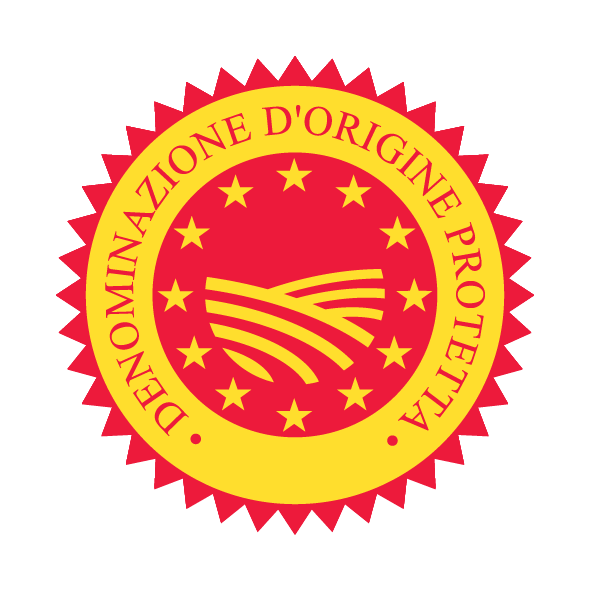
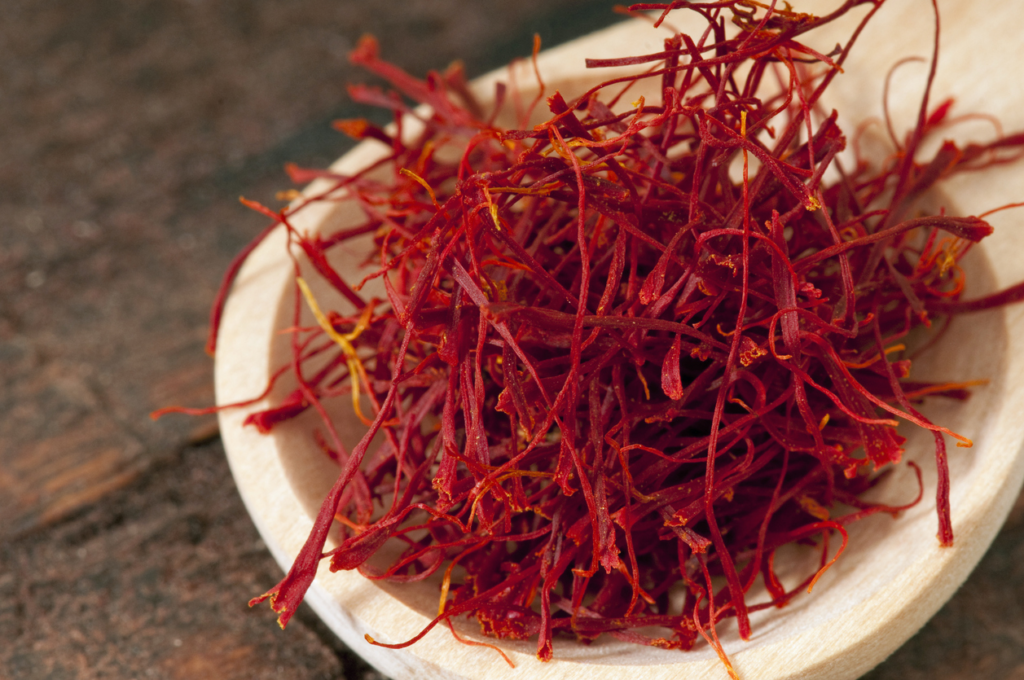
Zafferano dell’Aquila DOP
Description: Zafferano dell’Aquila PDO is saffron obtained from the stigma of the Crocus sativus L., a plant belonging to the Iridaceae family.
Production area: The production area of Zafferano dell’Aquila PDO is within numerous municipalities in the Province of L’Aquila, particularly on the Plateau of Navelli, in the Abruzzo region.
History: Saffron was first cultivated in Asia. According to historical sources, this spice was imported to Italy around the XIII or XIV century, by a Benedictine monk from Navelli.



Pretuziano delle Colline Teramane DOP
Description: Pretuziano delle Colline Teramane PDO extra virgin olive oil is obtained from the Leccino, Frantoio and Dritta olive varieties, which must make up at least 75% of the groves. Other varieties may be present, such as Tortiglione, Carboncella and Castiglionese, and can make up the remaining 25%.
Production area: The production and processing area of Pretuziano delle Colline Teramane PDO extra virgin olive oil is on the hills sloping down to the sea in the Province of Teramo, in the Abruzzo region.
History: The production of olive oil in the Province of Teramo has origins dating back to the X century B.C. However, it was only during the III century B.C that it became diffused, thanks to the Romans.
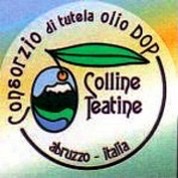

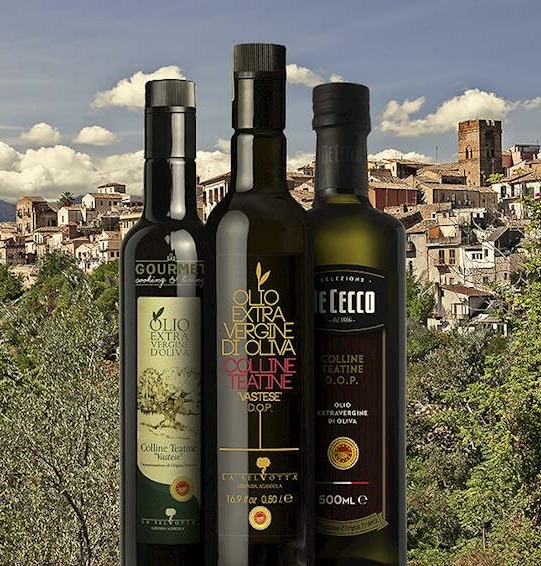
Colline Teatine DOP
Description: Colline Teatine PDO extra virgin olive oil is obtained from the Gentile di Chieti, Moraiolo and Leccino olive varieties, which can make up the groves in different percentages depending on the geographical reference. Other varieties, such as Nebbio, may also be present, up to a maximum of 10%. The designation of this oil can be followed by the place names Frentano or Vastese, two different areas with different percentages of olive varieties in the groves.
Production area: The production and processing area of Colline Teatine PDO extra virgin olive oil is within the territory of several municipal areas in the Province of Chieti, in the Abruzzo region.
History: Olive cultivation in the production area of Colline Teatine PDO extra virgin olive oil dates back to the II century A.D. Evidence of the history of olive growing in the Province of Chieti can be found in the many archaeological remains that have been discovered over the years.


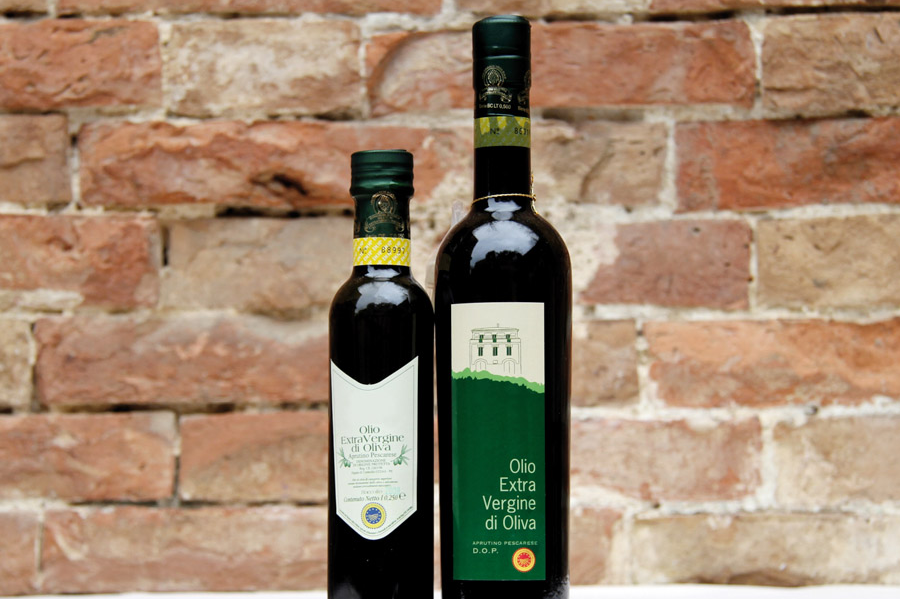
Aprutino Pescarese DOP
Description: Aprutino Pescarese DOP extra virgin olive oil is obtained from the Dritta, Leccino and Toccolana olive varieties, which must make up at least 80% of the olive groves; the remaining 20% can be made up of other varieties.
Production area: The production, processing and bottling-packaging area of Aprutino Pescarese DOP extra virgin olive oil is within the territory of several areas in the Province of Pescara, in the Abruzzo region.
History: The Aprutino Pescarese DOP derives from the ancient name of the area, Aprutium, which later became Aprutina. Historical evidence shows that olive cultivation in the Province of Pescara dates back to ancient Roman times.



Oliva Ascolana del Piceno DOP
Description: The Oliva Ascolana del Piceno PDO refers to green table olives, either in brine or stuffed and bread-crumbed, belonging to the Ascolana Tenera olive variety.
Production area: The production area of Oliva Ascolana del Piceno PDO is within 89 municipalities in the provinces of Ascoli Piceno and Fermo in The Marches region, and in the Province of Teramo, in the Abruzzo region.
History: The presence of olive trees in the Piceno area is secular, coinciding with when the Phoenicians and Greeks introduced them into Italy. In Roman times they were known as ulivae picenae and they enriched the tables of many banquets.



Salamini italiani alla cacciatora DOP
Description: Salamini Italiani alla Cacciatora PDO are a type of charcuterie made from lean pork and pork fat. This cured and stuffed meat product comes from pigs such as the Italian Large White, Landrace, and Duroc breeds or similar breeds that are suitable for Italian heavy pig farming.
Production area: The production area of Salamini Italiani alla Cacciatora PDO is within the entire territory of the Friuli Venezia Giulia, Veneto, Lombardy, Piedmont, Emilia- Romagna, Umbria, Tuscany, The Marches, Abruzzo, Lazio and Molise regions. The pigs used for production must be born, reared and slaughtered in the above-mentioned regions.
History: The origins of Salamini Italiani alla Cacciatora PDO date back to the period of the Longobard invasions. In fact, during their migration, the barbaric populations had to eat food that could be conserved for a long time, a great part of which was pork-based.


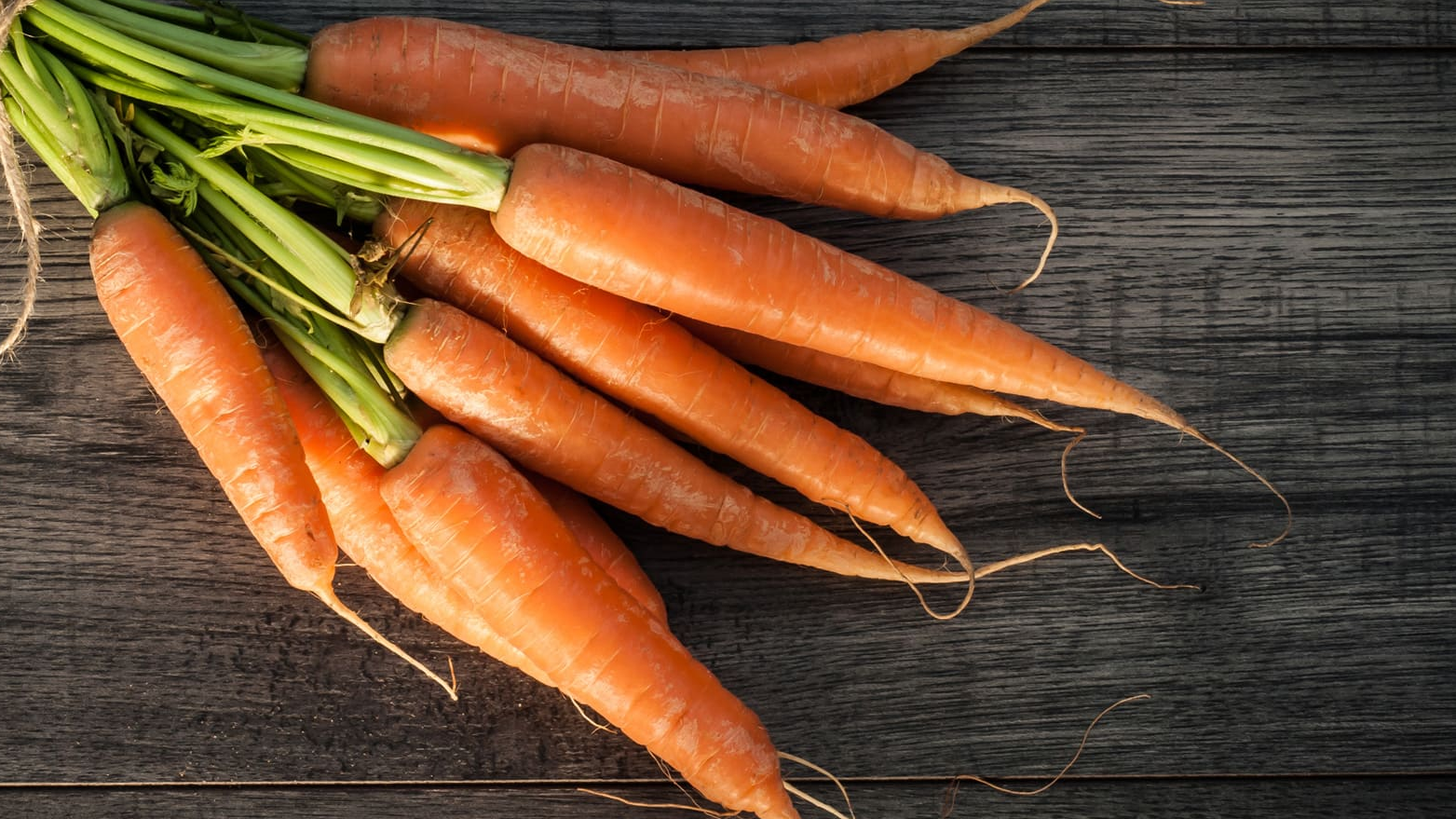
Carota dell’Altopiano del Fucino IGP
Description: Carota dell’Altopiano del Fucino PGI is a fresh root vegetable belonging to the Daucus carota L. species and deriving from the Maestro (Vilmorin), Presto (Vilmorin), Concerto (Vilmorin), Napoli (Bejo), Nandor (Clause) and Dordogne (SG) varieties.
Production area: The production area of Carota dell’Altopiano del Fucino PGI is located on the Fucino Plateau, a basin of 14,000 hectares bordered by high Apennine peaks, in the Province of Aquila, in the Abruzzo region.
History: Coming from the temperate areas of Europe, it seems that the origins of the carrot plant are found in Afghanistan. It was first cultivated by the Greeks and Romans.



Patata del Fucino IGP
Description: The Patata del Fucino PGI refers to tubers of the Solanum tuberosum species, obtained using the seed tubers of potato varieties that are registered in the common catalogue of varieties of agricultural plant species.
Production area: The production area of Patata del Fucino PGI incorporates nine municipalities in the Province of L’Aquila, in the Abruzzo region.
History: Patata del Fucino PGI is grown on the bed of Lake Fucino, which was drained and reclaimed in 1875, and which is situated at 700 metres above sea level.

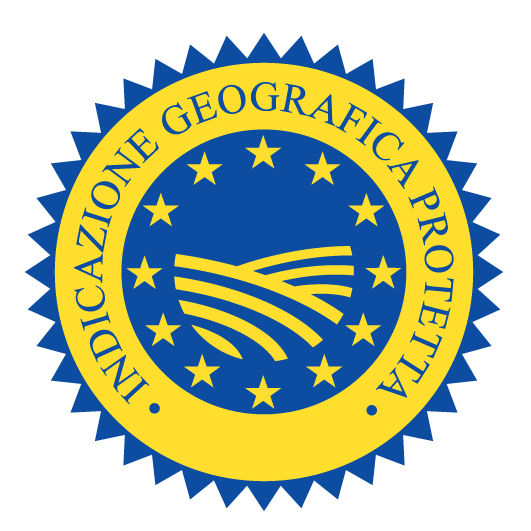

Agnello del Centro Italia IGP
Description: The Agnello del Centro Italia PGI refers to fresh meat obtained from lambs belonging to typical local breeds of Central Italy and which are less than 12 months old. It is available in three types, based on fat cover and conformation: Agnello Leggero (Light Lamb), Agnello Pesante (Heavy Lamb) and Castrato (Castrated).
Production area: The production area of Agnello del Centro Italia PGI is within the regions of Abruzzo, Lazio, The Marches, Tuscany and Umbria; the entire territory of the provinces of Bologna, Rimini, Forlì-Cesena and Ravenna, as well as parts of the provinces of Modena, Reggio Emilia and Parma, in the Emilia-Romagna region.
History: There have been sheep populations in Central Italy for centuries: this is demonstrated by the fact that several breeds take the name of the places in which they best adapted.



Vitellone bianco dell’Appennino centrale IGP
Description: Vitellone Bianco dell’Appennino Centrale PGI is the fresh meat obtained from cows and bullocks of the Chianina, Marchigiana and Romagnola pure breeds defined also “white breeds from Central Italy” of between 12 and 24 months old.
Production area: The production area of Vitellone Bianco dell’Appennino Centrale PGI is within the Umbria, The Marches, Abruzzo and Molise regions and the entire territory of the provinces of Bologna, Ravenna, Forlì- Cesena and Rimini in the Emilia Romagna region; Benevento and Avellino, limitedly in some areas of Caserta in the Campania region; Frosinone, Rieti, Viterbo, parts of the provinces of Rome and Latina, in the Lazio region; Grosseto, Siena, Arezzo, Florence, Pistoia, Prato, Livorno and Pisa, in the Tuscany region.
History: The origins of Vitellone Bianco dell’Appennino Centrale PGI date back to the pre-Roman period. In fact, the Etruscans reared cows with the same common characteristics of those reared in the Apennines today.
Choose any region of Italy to explore typical products.
